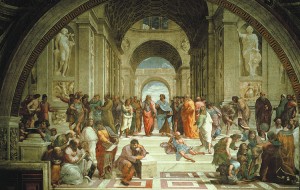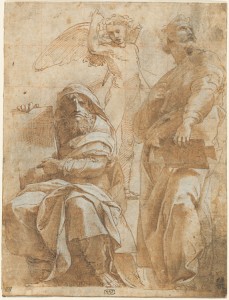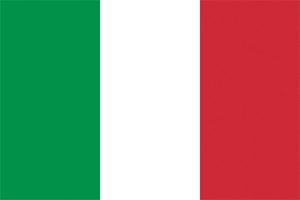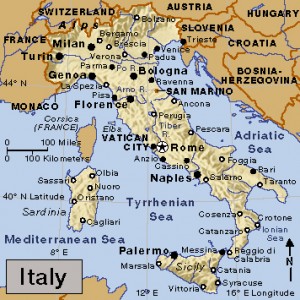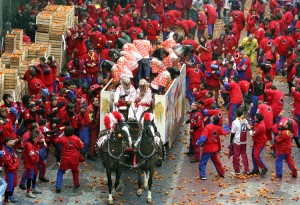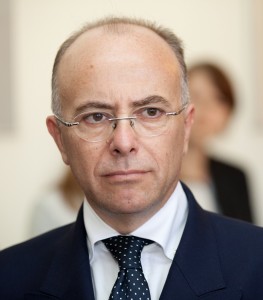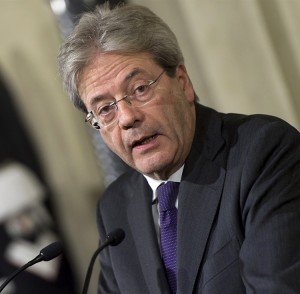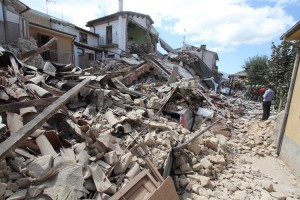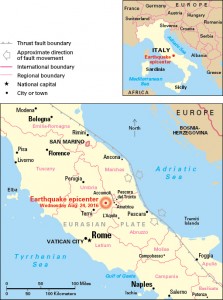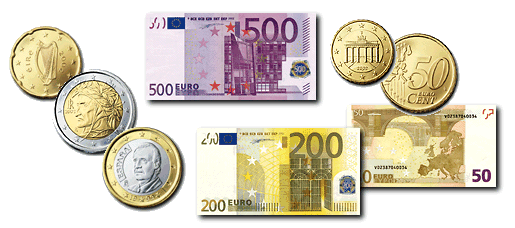Fibonacci Day: It’s a Numbers Game
Wednesday, November 23rd, 2022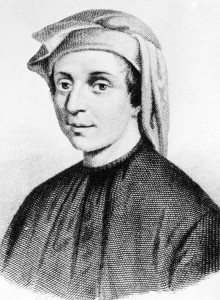
Leonardo Fibonacci, shown in this engraving, was an Italian mathematician best known for describing a famous sequence of numbers—1, 1, 2, 3, 5, 8, 13, and so on. Each number is the sum of the two numbers before it.
Credit: © Science Source/Getty Images
The countdown is over! We made it to the best day of the year. Fibonacci Day has finally presented itself on every calendar throughout the world. Every year on November 23rd, mathematicians celebrate the Leonardo Fibonacci, an Italian mathematician. Fibonacci helped introduce into Western Europe the system of numerals still widely used today. This system—which uses the numerals 0, 1, 2, 3, 4, 5, 6, 7, 8, and 9—is known as the Hindu-Arabic numeral system. Fibonacci was known during his life as Leonardo of Pisa. He was given the nickname Fibonacci sometime after his death. But why do we celebrate him on 11/23? Fibonacci is best known today for a famous sequence of numbers—1, 1, 2, 3, 5, 8, 13, and so on—that bears his name. By definition, the first two numbers are 1 and 1. Every other number equals the sum of the two numbers immediately before it. Since the first four numbers are 1, 1, 2, 3, we dedicate 11/23 to Fibonacci each year.
Why is the Fibonacci sequence important? Good question. Mathematicians have found use for it in many branches of mathematics. The sequence has led to the discovery of the golden ratio or divine proportion. The golden ratio is a number that appears in many areas of math, nature, and art. The golden ratio is: ![]() which is equal to about 1.61803.
which is equal to about 1.61803.
By dividing one number in the sequence by the number before it, you get very close to the golden ratio. The never-ending sequence gradually gets closer to this ratio, never actually equalling it. The German astronomer and mathematician Johannes Kepler discovered this pattern in the Fibonacci sequence. The Fibonacci sequence also appears in nature. The pattern of seeds on a sunflower, for example, follows the Fibonacci sequence.

The large, beautiful sunflower is raised by farmers in many parts of the world. A sunflower head may measure more than 1 foot (30 centimeters) across.
Credit: John M. Coffman, NAS
Just as the golden ratio appears in nature, so do Fibonacci numbers. For example, the kernels of a pine cone form two sets of spirals. One set runs clockwise, and the other set runs counterclockwise. The number of spirals in each set is always a Fibonacci number, usually 8, 13, or 21. This pattern is a natural consequence of mathematical principles that underlie the plant’s growth.
Around 1192, Fibonacci went to Algeria with his father, a merchant from Pisa. There he learned Arabic and studied the mathematical knowledge of the Islamic world, which in many ways surpassed that of Europe. Later, he traveled to many surrounding countries on business and became convinced that the Hindu-Arabic numeral system was superior to the Roman numeral system then being used in Europe.

